Caring for Your Dog's Joints During Winter: Tips and Insights

As the winter months approach, the colder weather can be particularly tough on dogs, especially those with joint issues. Just like humans, dogs can experience increased joint discomfort and stiffness when temperatures drop. Taking extra care of your dog's joints during winter is essential to keep them comfortable and active. Here are some practical tips and insights to help you ensure your furry friend's joint health during the chilly season.
Keep Them Warm and Cozy
Cold weather can be tough on the joints. Providing a warm and comfortable environment is crucial. Consider the following:
- Warm Bedding: Invest in orthopedic beds or heated pads to keep your dog's sleeping area warm and supportive.
- Sweaters and Coats: Short-haired or older dogs may benefit from wearing sweaters or coats during walks to retain body heat.
- Indoor Comfort: Ensure your home is warm and draft-free. Place rugs or carpets in areas where your dog likes to rest to provide extra insulation.
Maintain a Healthy Diet
A balanced diet plays a significant role in joint health. Proper nutrition can help manage weight and provide essential nutrients that support joint function. Consider these dietary tips:
- Joint Supplements: Incorporate supplements like green-lipped mussels into your dog's diet. These can help promote and support joint function, mobility and comfort. FlexiPaw joint supplements come in two forms - capsules and chews.
- Weight Management: Extra weight puts additional stress on your dog's joints. Feed a balanced diet and monitor portion sizes to maintain a healthy weight.
Exercise Wisely
Regular exercise is important for maintaining joint flexibility and muscle strength, but it’s essential to adjust routines to suit the colder weather:
- Gentle Warm-Ups: Start with gentle warm-up exercises to prepare your dog's joints and muscles for more strenuous activity.
- Low-Impact Activities: Opt for low-impact exercises like walking on soft surfaces, swimming (in indoor heated pools), or controlled play sessions.
- Consistency: Aim for shorter, more frequent exercise sessions to prevent stiffness without overexerting your dog.
Regular Vet Check-Ups
Frequent visits to the veterinarian can help monitor your dog's joint health and address any emerging issues early:
- Check-Ups: Schedule regular vet appointments to assess joint health and discuss any changes in behavior or mobility.
- Medication: For dogs with arthritis or severe joint pain, your vet may recommend medication to manage discomfort during the colder months.
Provide Joint-Friendly Living Spaces
Creating a home environment that minimizes strain on your dog’s joints can make a big difference:
- Non-Slip Surfaces: Use non-slip mats or rugs to provide traction and prevent slipping on hardwood or tile floors.
- Ramps and Stairs: Install ramps or pet stairs to help your dog access furniture, beds, or vehicles without jumping, which can stress their joints.
Massage and Physical Therapy
Regular massages and physical therapy can help alleviate joint pain and improve mobility:
- Massage: Gently massaging your dog's joints can improve circulation and reduce stiffness. Focus on areas like hips, shoulders, and knees.
- Professional Therapy: Consult a veterinary physical therapist for specialized exercises and treatments tailored to your dog's needs.
Monitor for Signs of Discomfort
Keep an eye on your dog's behavior and look for signs of joint pain or discomfort:
- Limping or Stiffness: Noticeable limping or stiffness, especially after rest, can indicate joint issues.
- Reluctance to Move: Hesitancy to jump, climb stairs, or go for walks might be a sign of joint pain.
- Behavioral Changes: Increased irritability, whimpering, or reluctance to be touched in certain areas can signal discomfort.
Conclusion
Caring for your dog's joints during winter requires a combination of warmth, proper nutrition, suitable exercise, and regular veterinary care. By taking proactive steps to support your dog's joint health, you can help ensure they remain comfortable and active throughout the colder months. Remember, a happy dog is a healthy dog, and keeping their joints in good condition is key to their overall well-being.
Disclaimer: The content on this website is for educational purpose only. We recommend you talk to your veterinarian if you have any concerns, if the lameness worsens or are unsure. Products on this website are not intended to diagnose, cure, treat or prevent any disease. The statements made on this website have not been evaluated by the Food and Drug Administration.


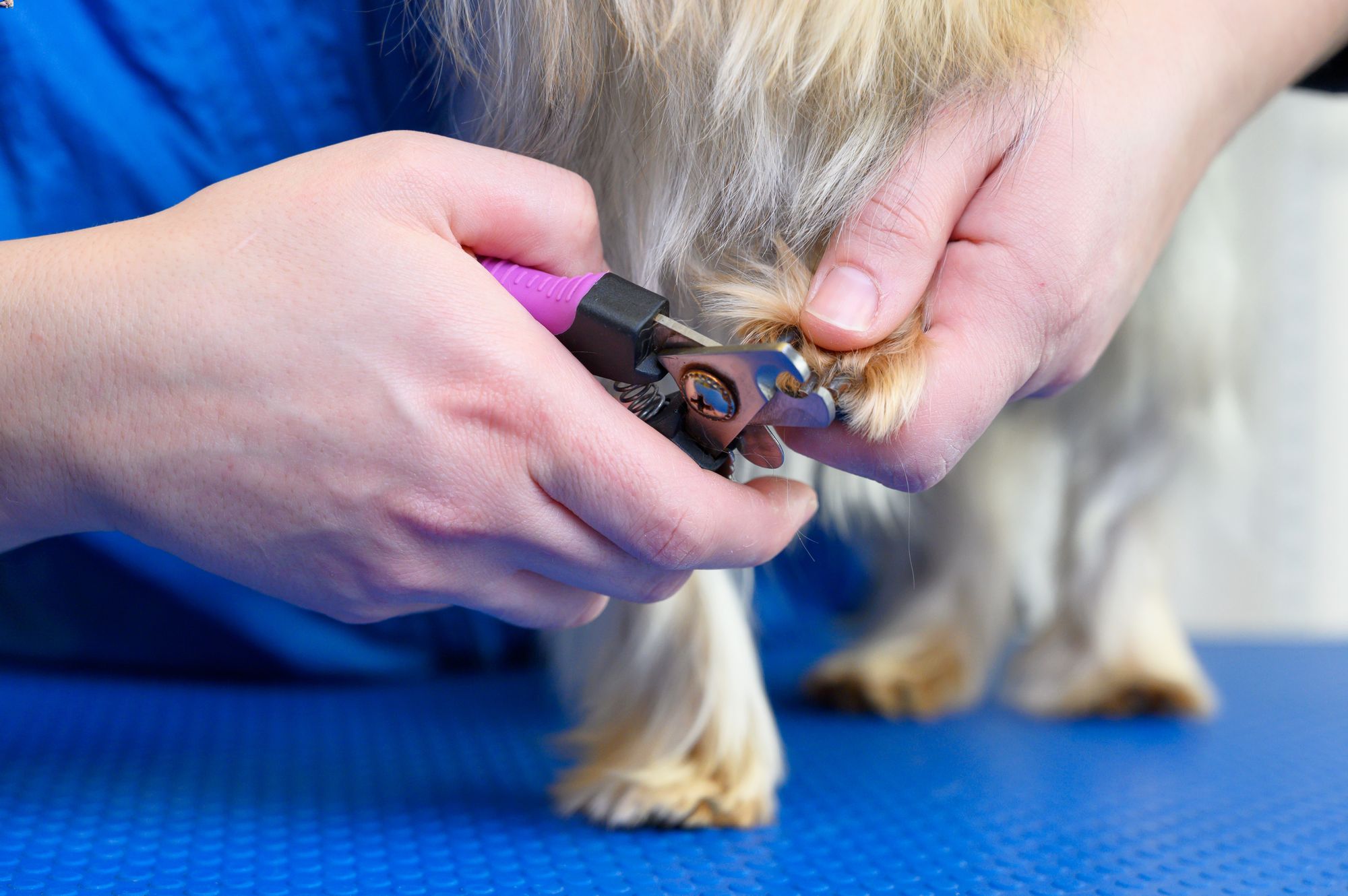

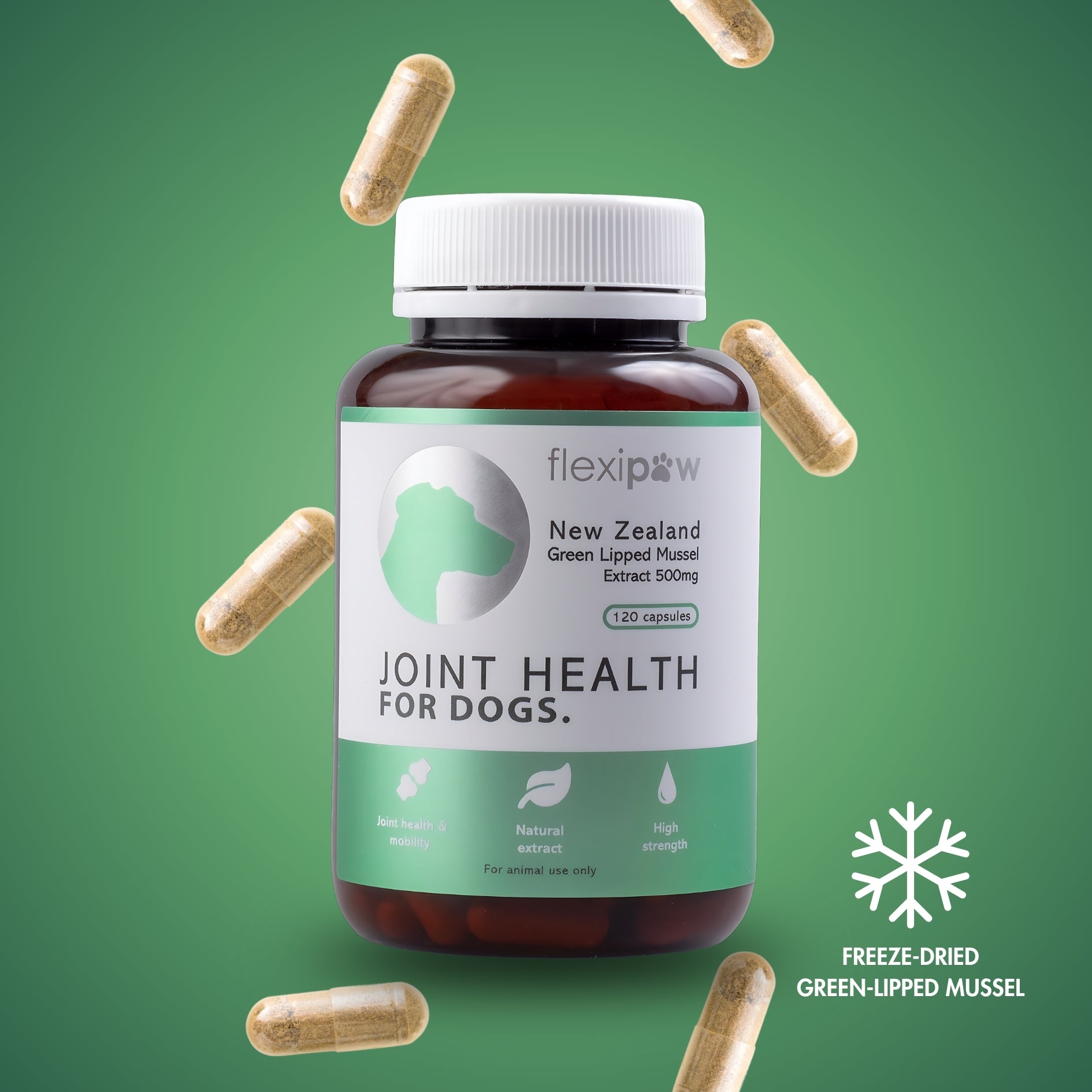
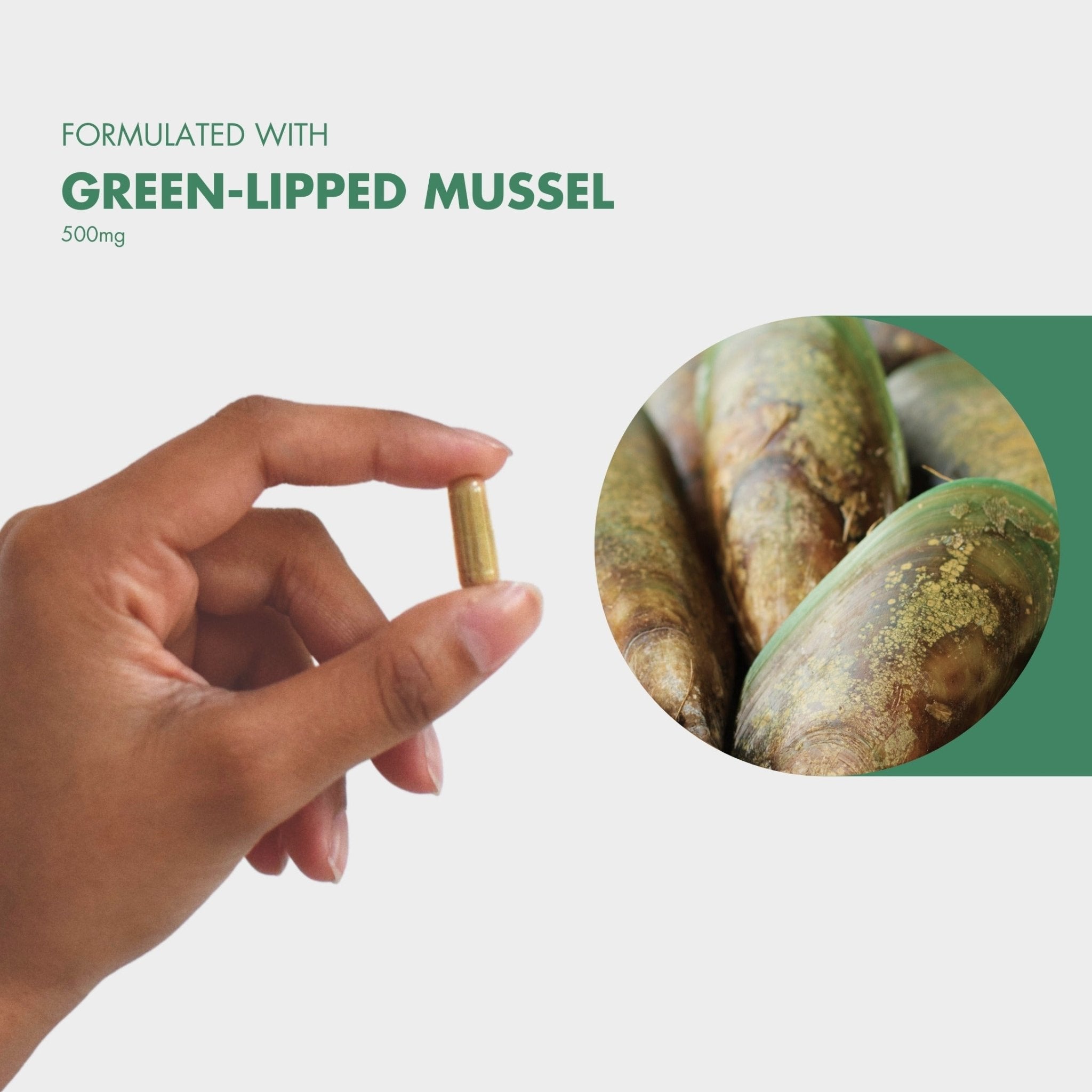

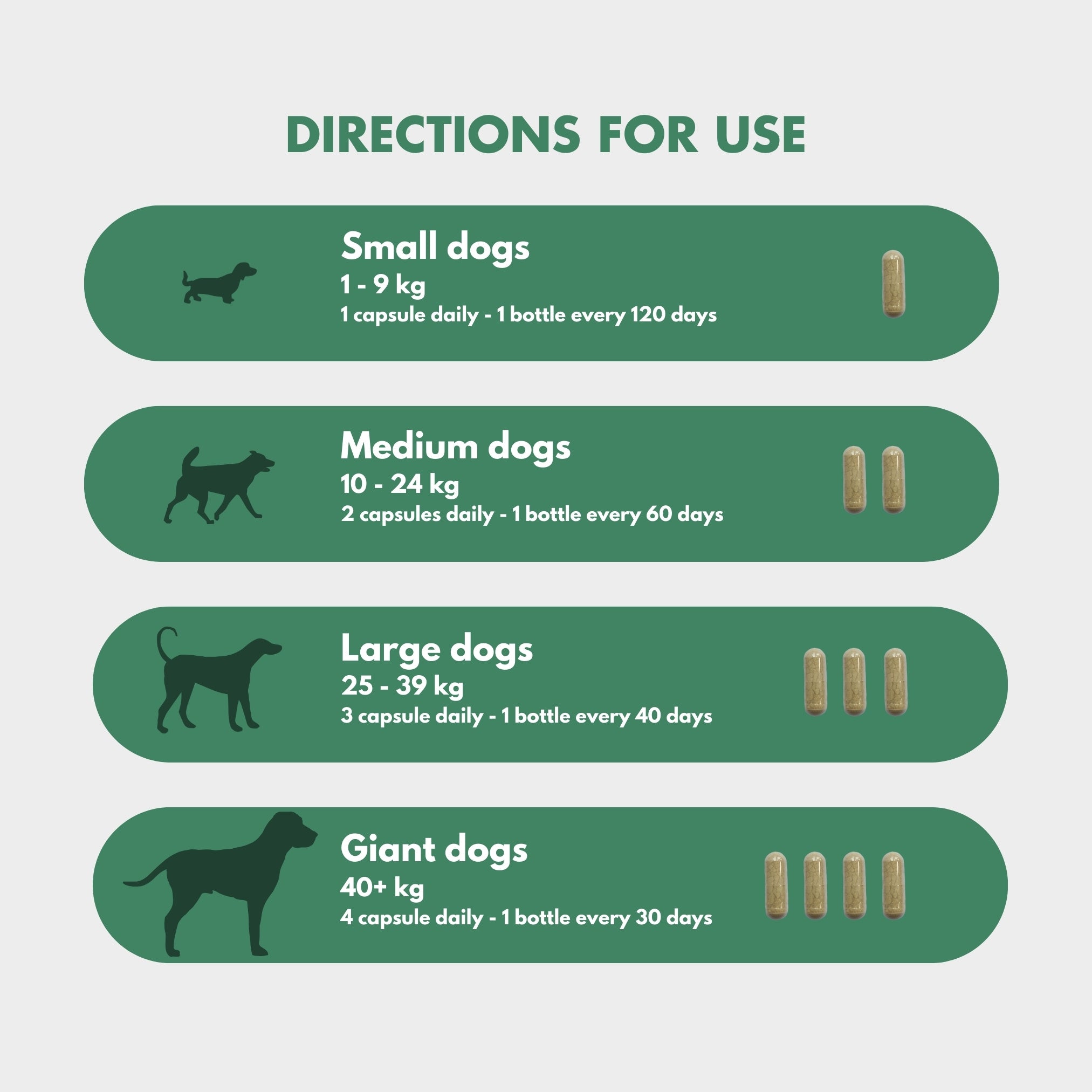

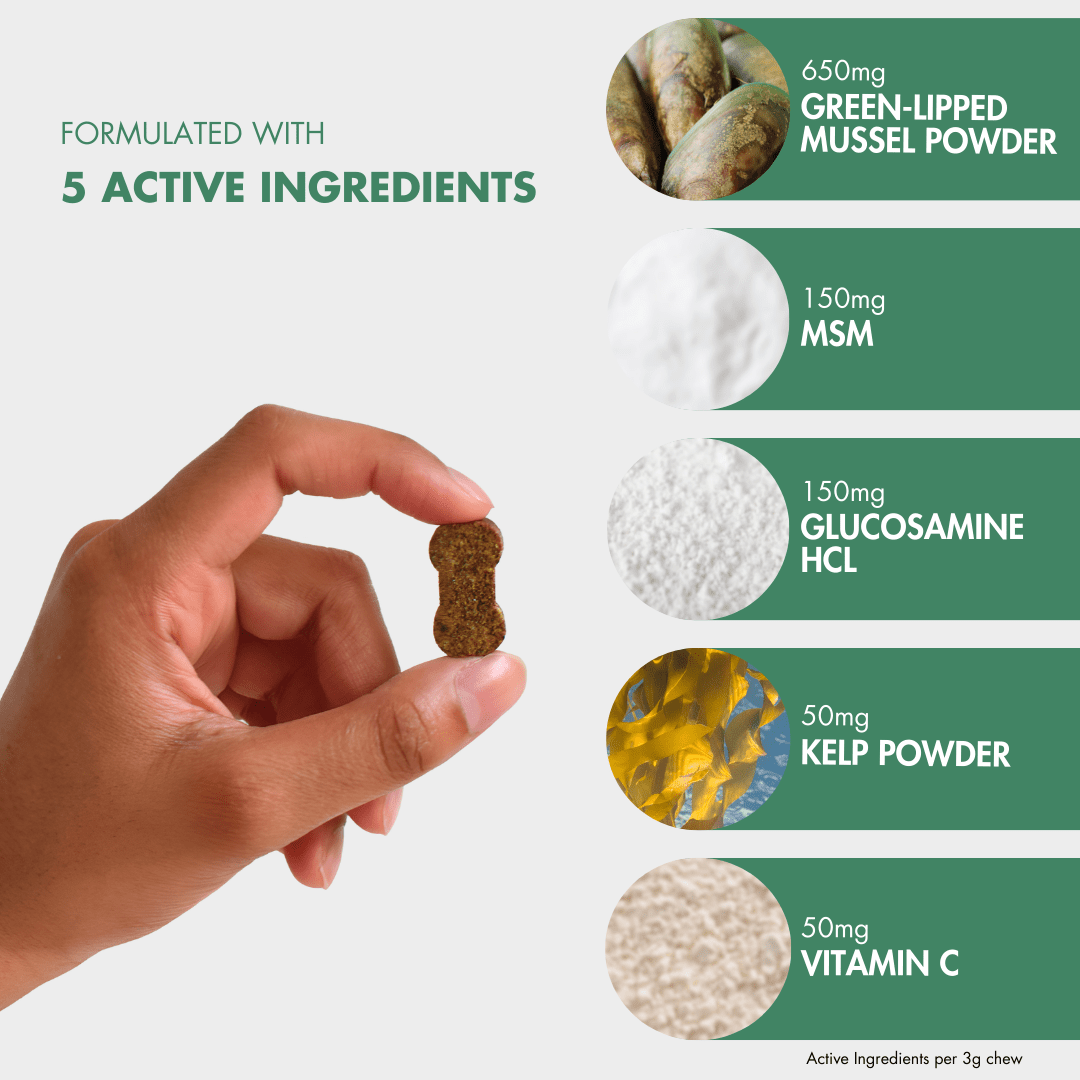
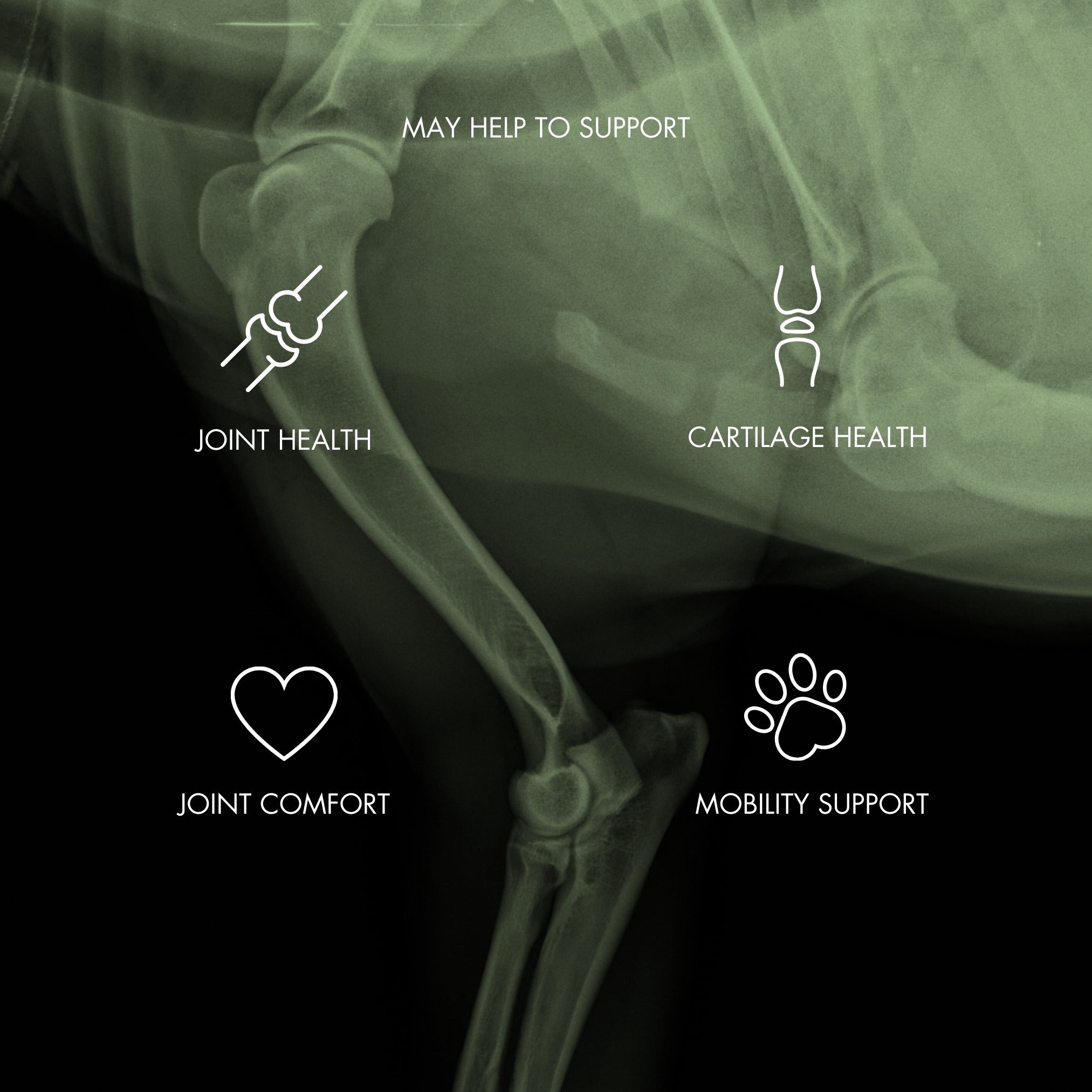
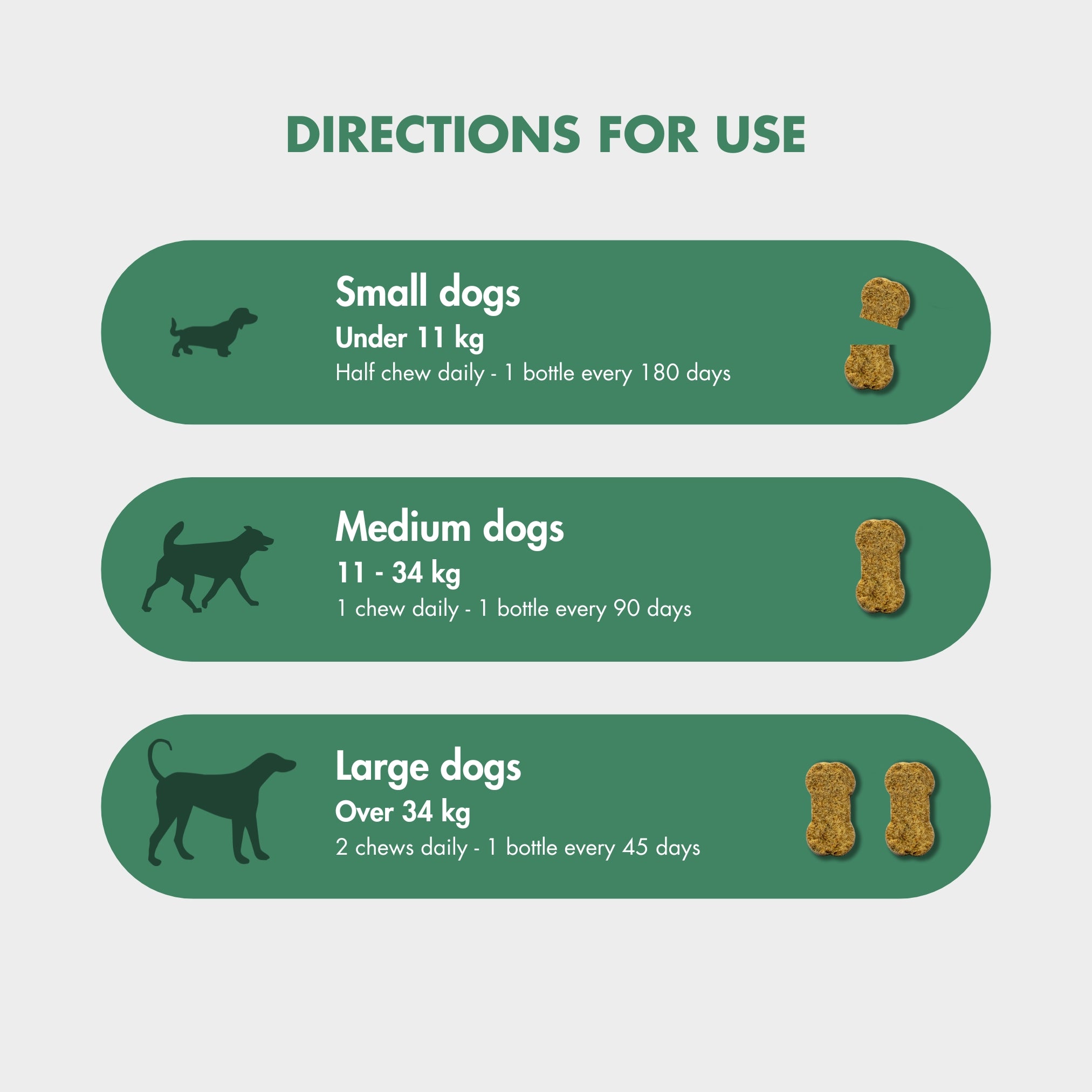
![FlexiPaw Calm & Relax Chews for Dogs - Soft chews made with Ashwagandha, L-Theanine, Chamomile & Passion Flower to help relieve dog anxiety and promote relaxation. [270g container]](http://flexipaw.com/cdn/shop/files/website_slider_CALMING_b2a57442-9be6-4f29-82ec-67f758fb05dc.jpg?v=1726977474&width=4050)
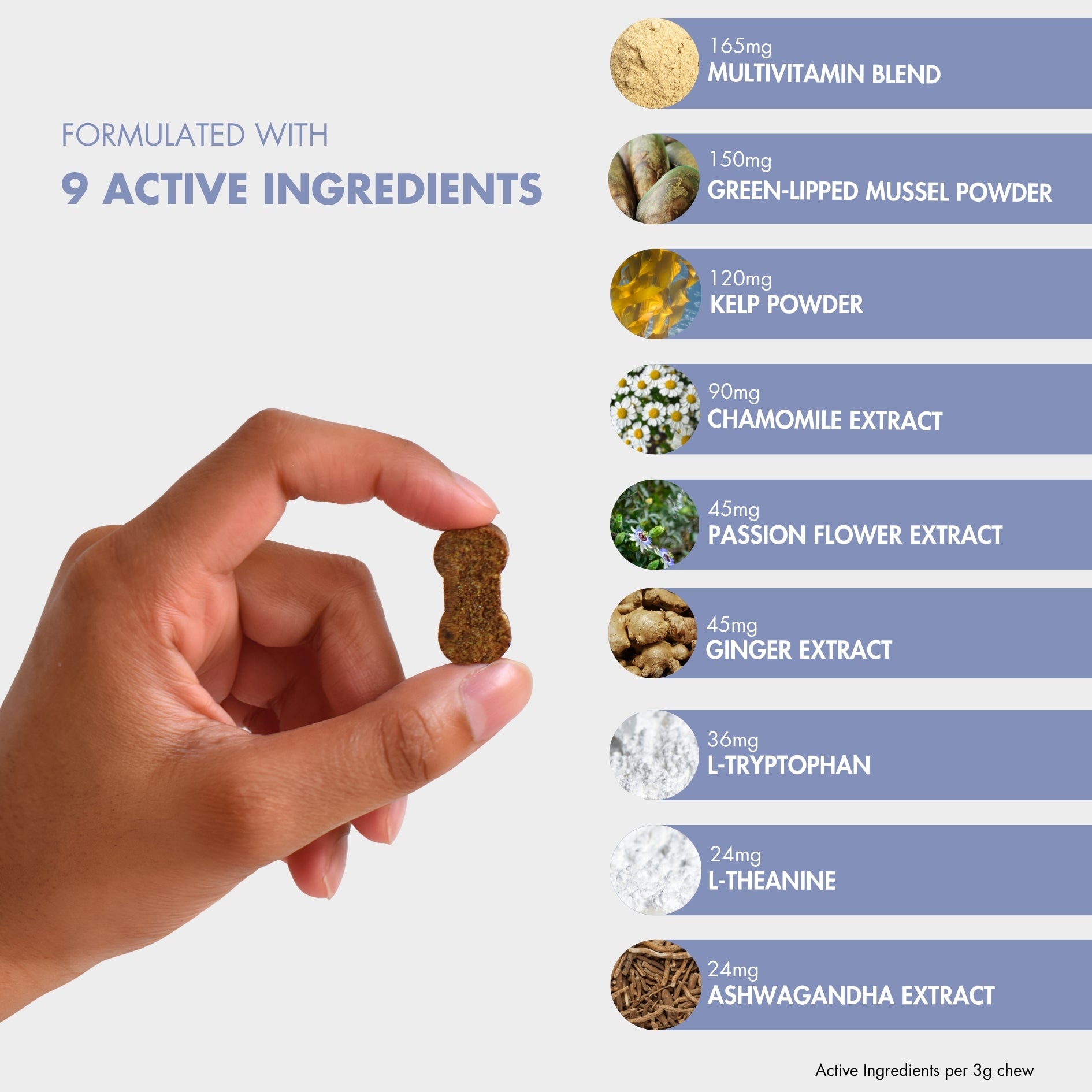

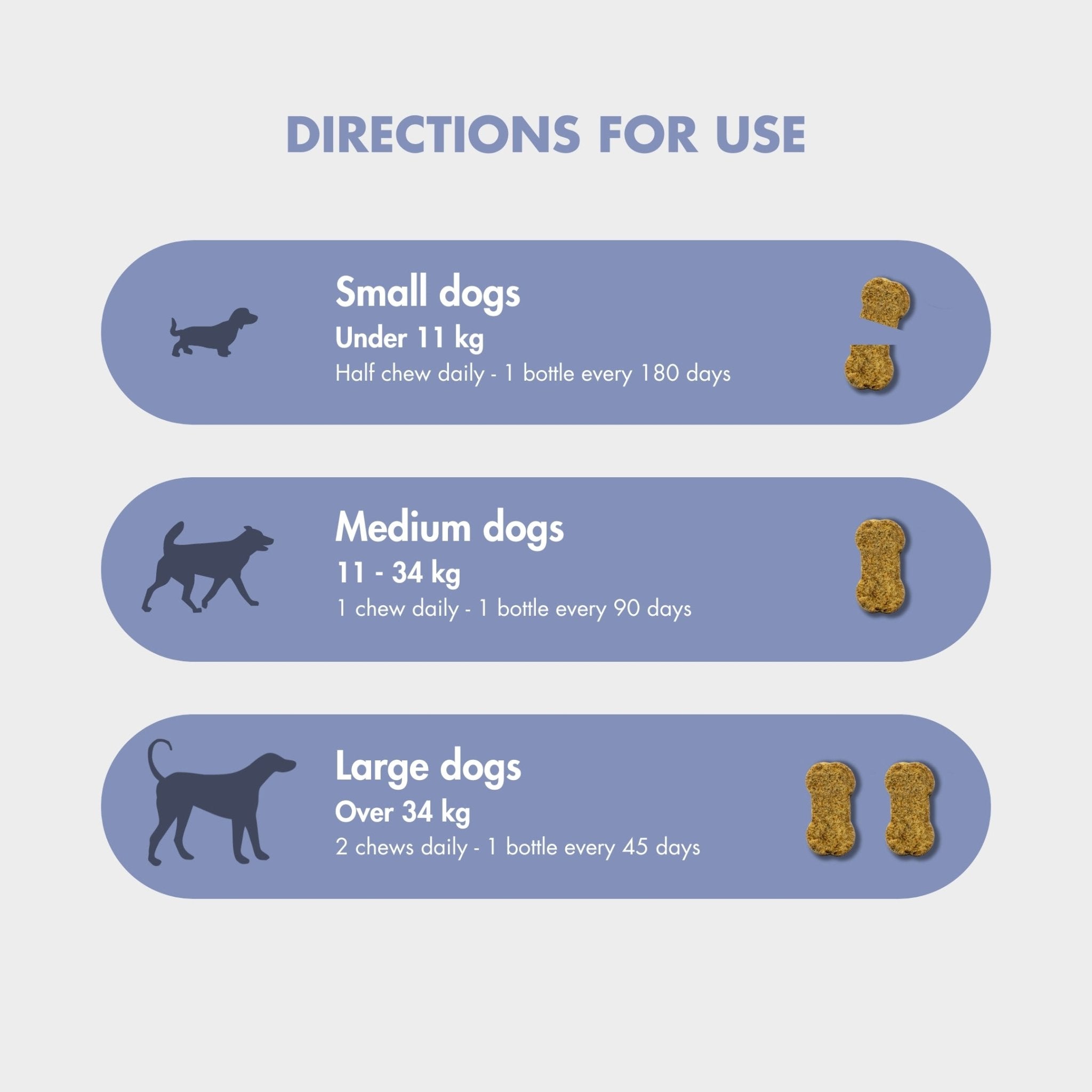
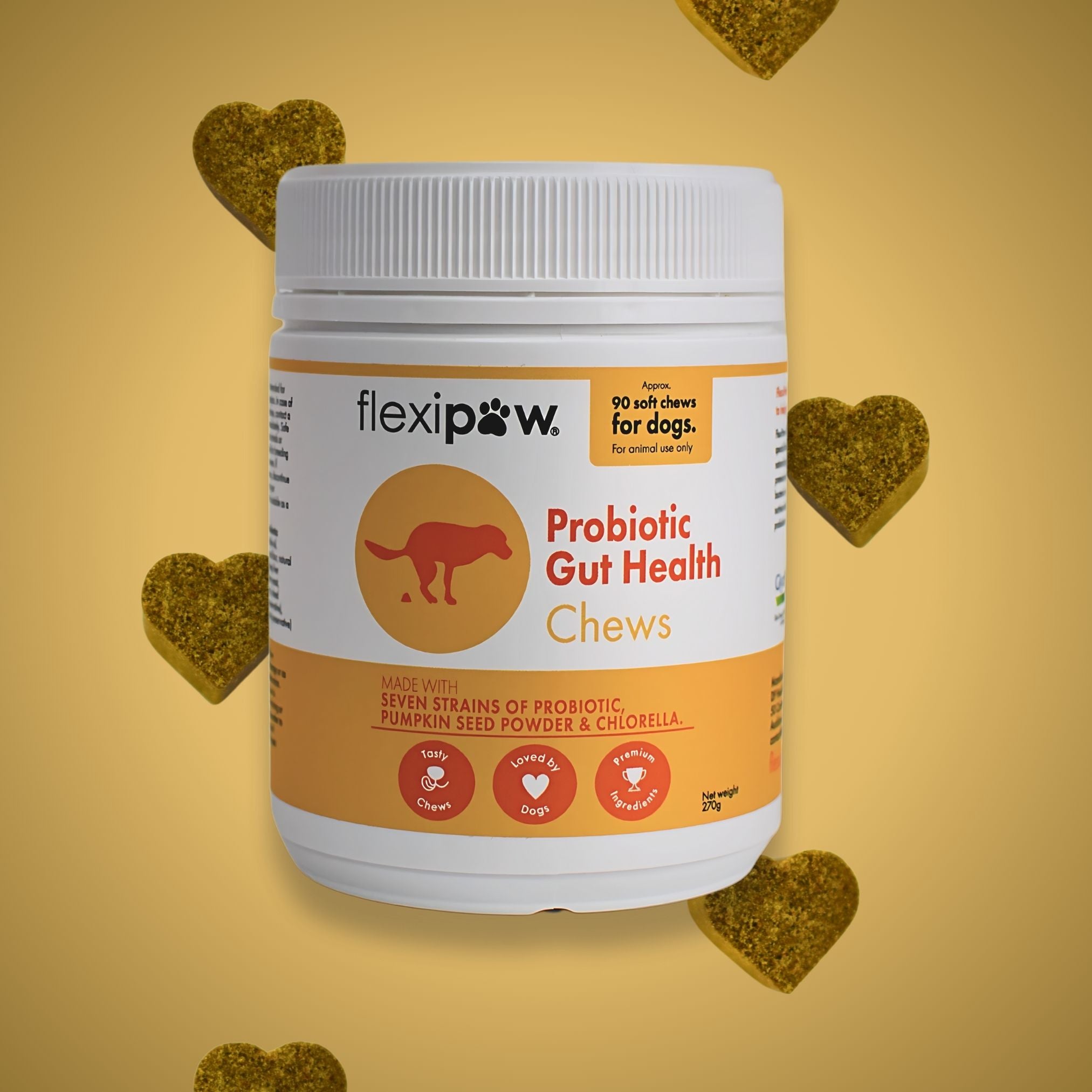

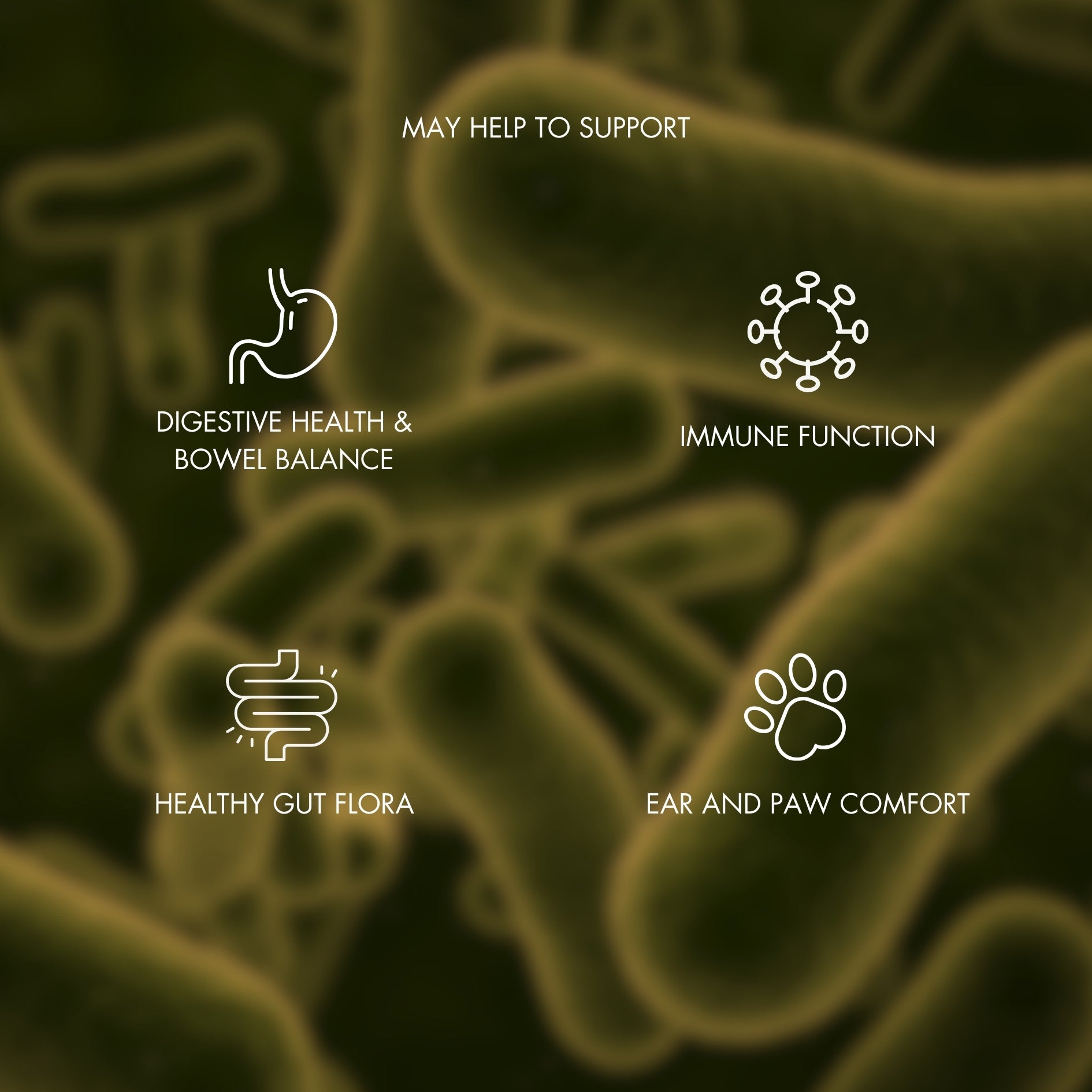
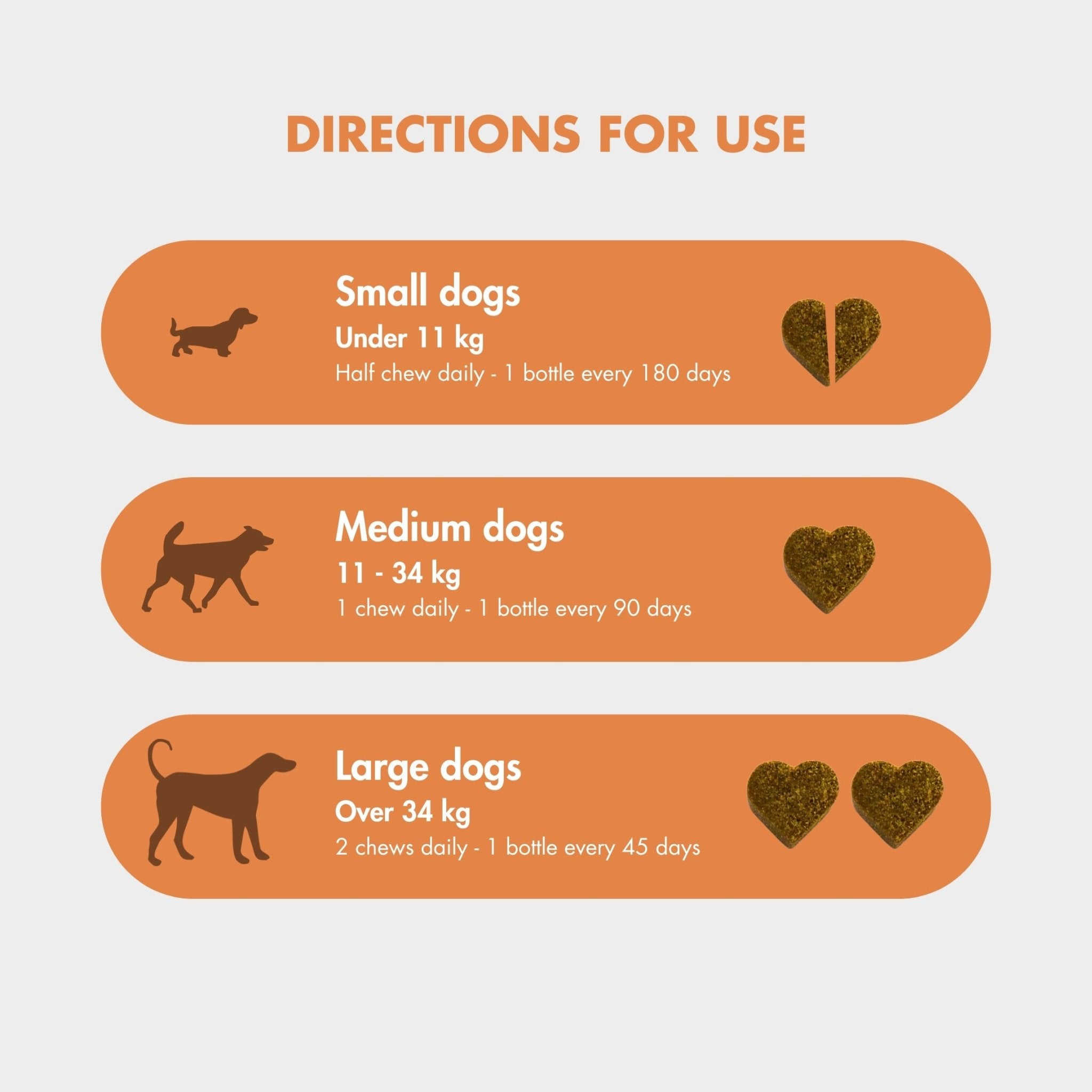
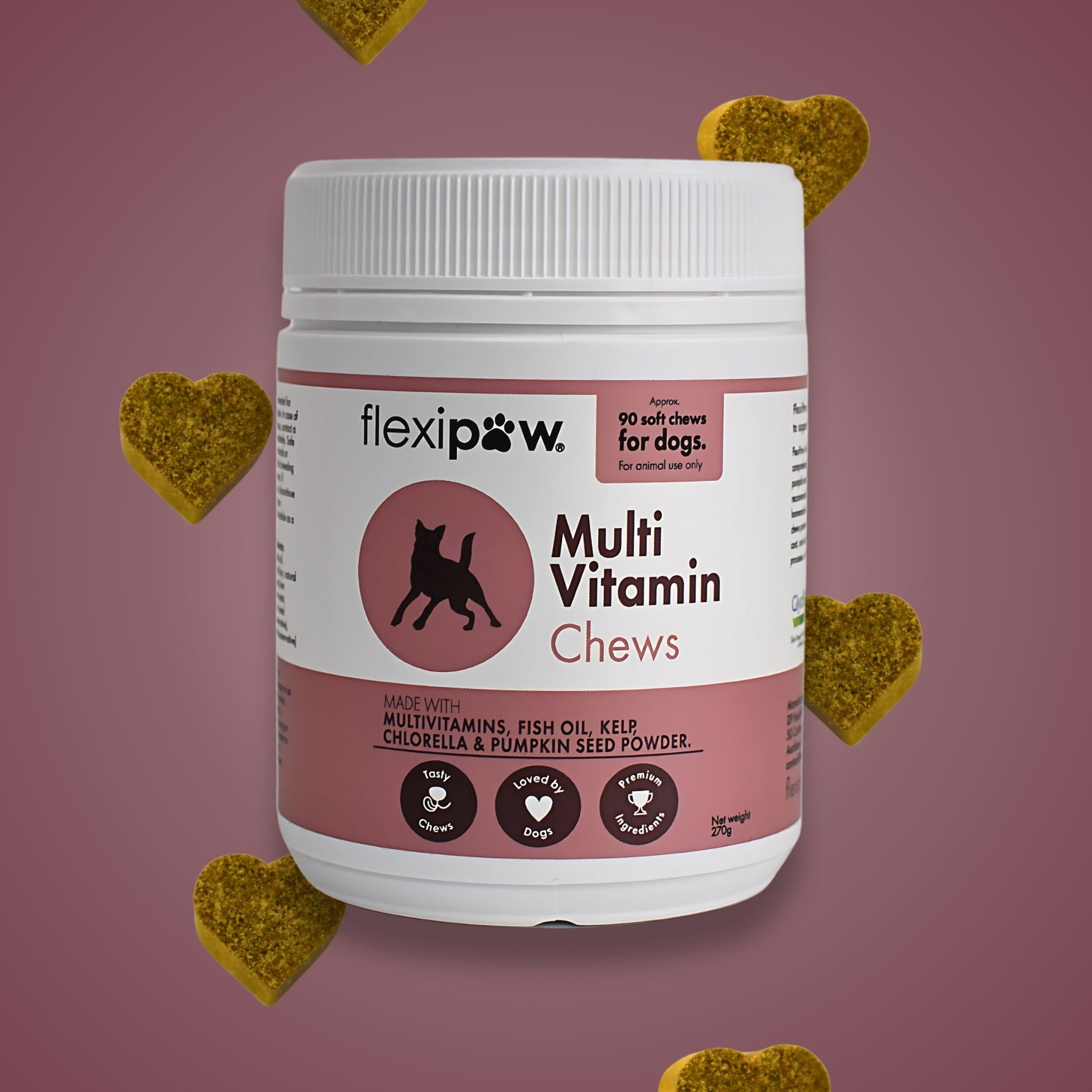
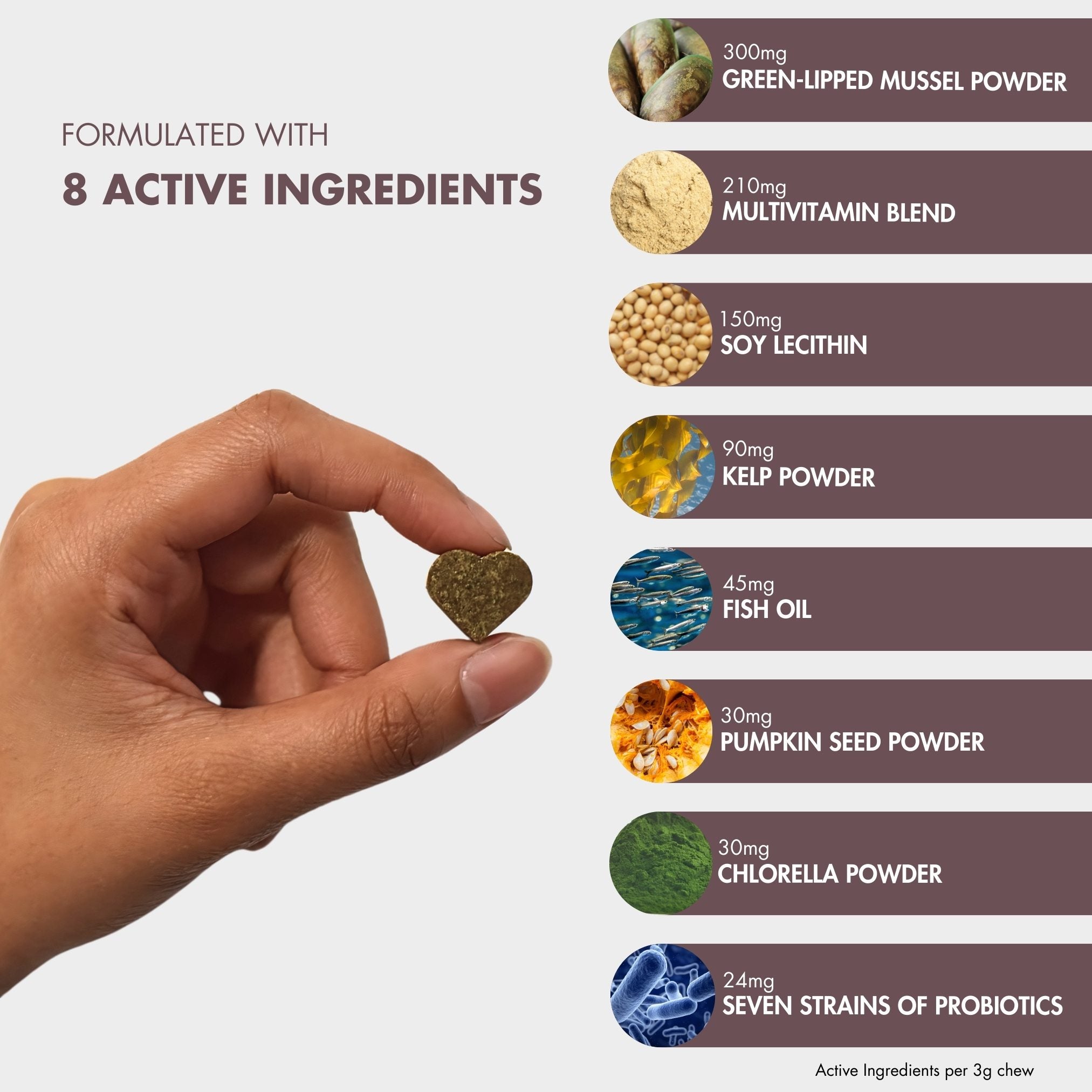

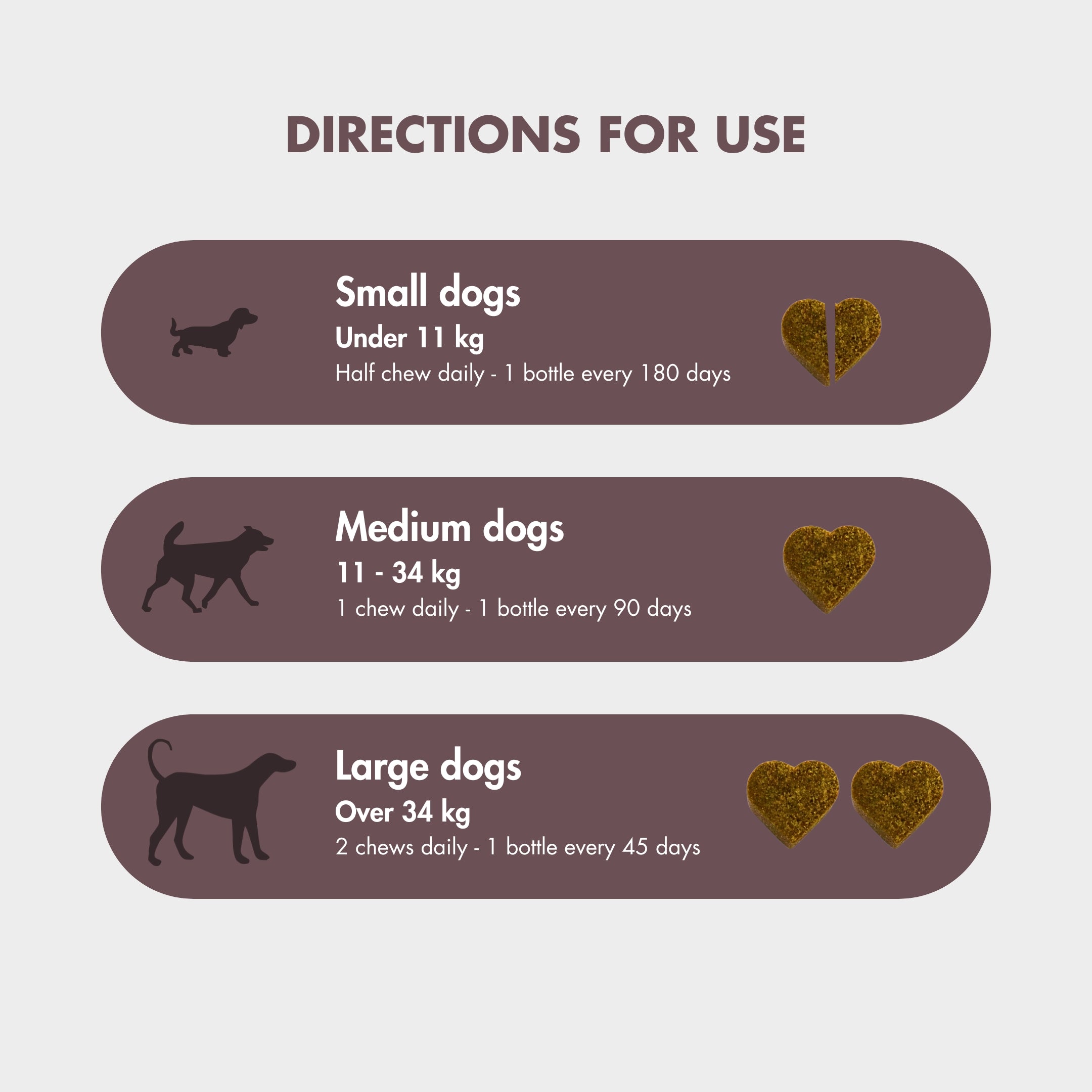


Leave a comment